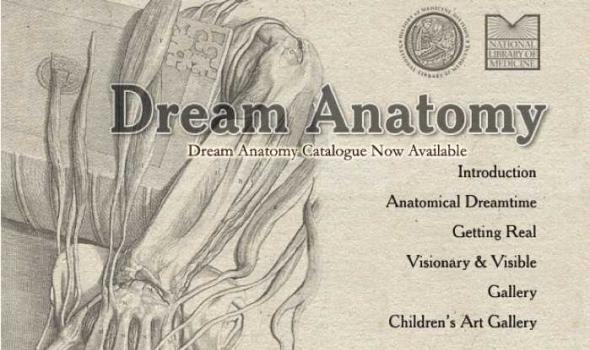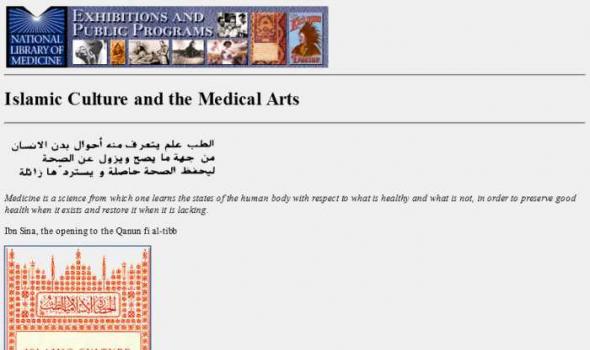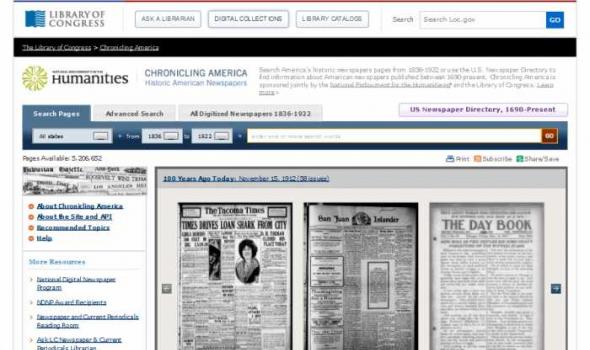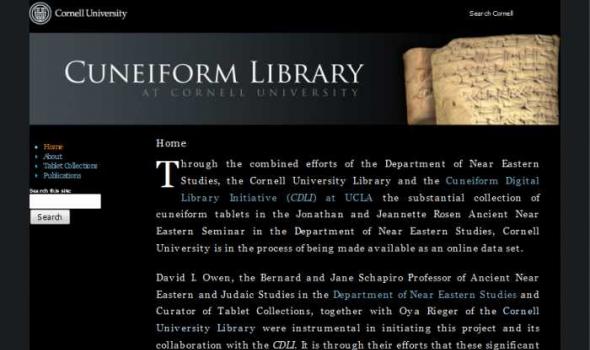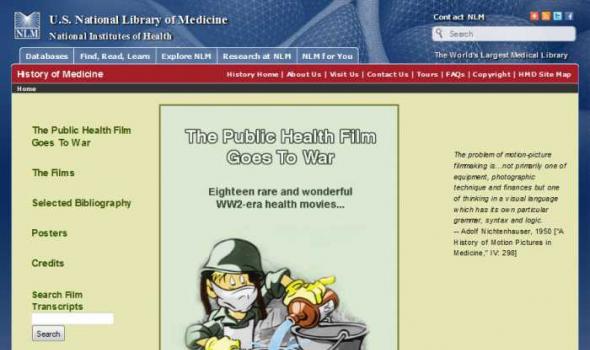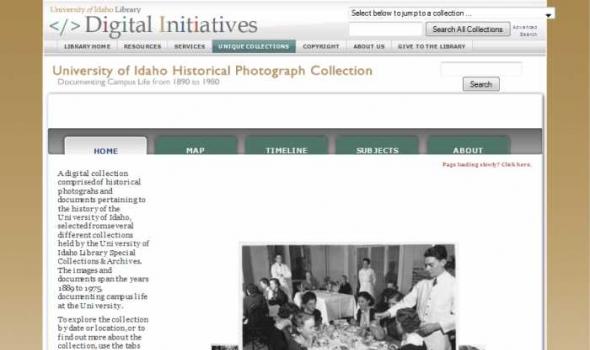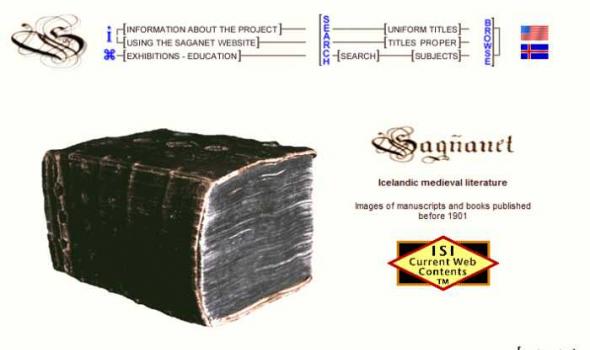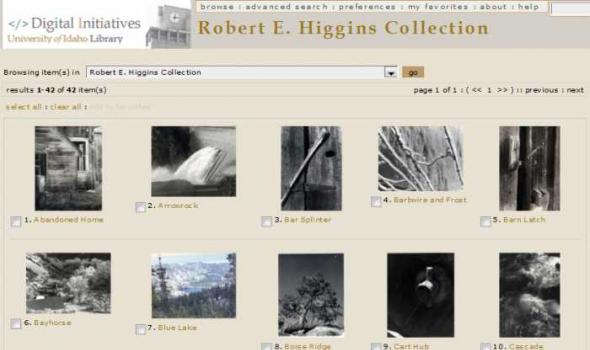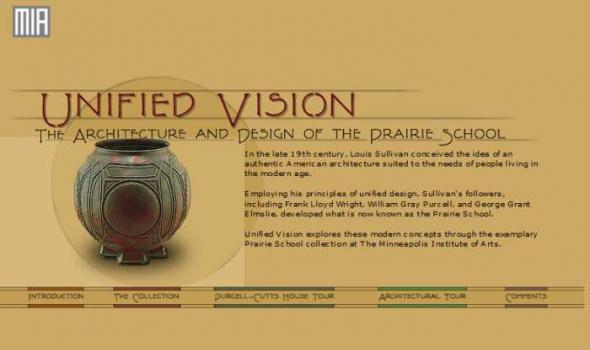Bodies
The History of Medicine Division of the National Library of Medicine has a rich collection of illustrated anatomical atlases dating from the 15th to the 20th century. The Historical Anatomies on the Web Project has been designed to broaden access to this collection by providing high-resolution downloadable scans of selected important images from the atlases. Atlases and images have been chosen for their historical and artistic significance by the project's content coordinator, Michael North. Important images may be omitted if the atlas is damaged or fragile, or if the work is bound in such a way as to impede high quality scanning. A priority has been placed upon scanning the earliest and/or the best edition of a work in Library's possession. The scans generally omit text.
Introduction: Dream Anatomy The interior of our bodies is hidden to us. What happens beneath the skin is mysterious, fearful, amazing. In antiquity, the body's internal structure was the subject of speculation, fantasy, and some study, but there were few efforts to represent it in pictures. The invention of the printing press in the 15th century-and the cascade of print technologies that followed-helped to inspire a new spectacular science of anatomy, and new spectacular visions of the body. Anatomical imagery proliferated, detailed and informative but also whimsical, surreal, beautiful, and grotesque — a dream anatomy that reveals as much about the outer world as it does the inner self.

